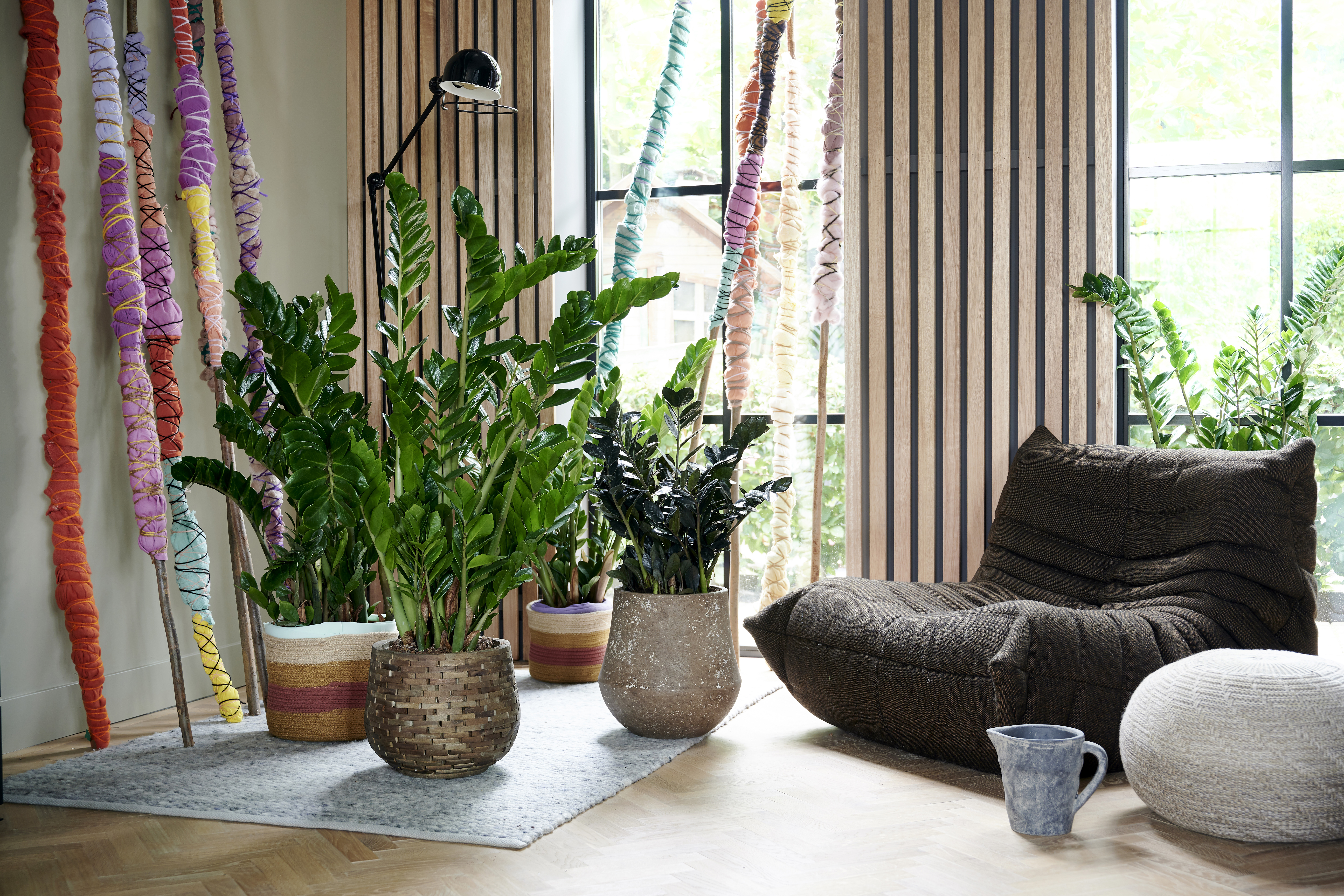
Houseplants offer a surefire way of incorporating some colour and life into your home. However, they can often feel at odds with the desire to live in a warm, dry environment.
The effects of heaters can be detrimental to the cultivation of your indoor garden – stunting the growth of your houseplants and causing their leaves to turn brown. Leaving you torn between your own comfort, and the comfort of your leafy houseguests.
This is not the case for all species though, as Whitney Bromberg Hawkings, CEO and co-founder of Flowerbx explains, 'there are a couple of plants that can tolerate warm, indoor temperatures better than others. Those that are custom to humid, but not tropical, environments will fare better.'
Our experts have picked out the best, radiator-friendly plants so that you can decorate your house while keeping toasty.
1. Snake plant
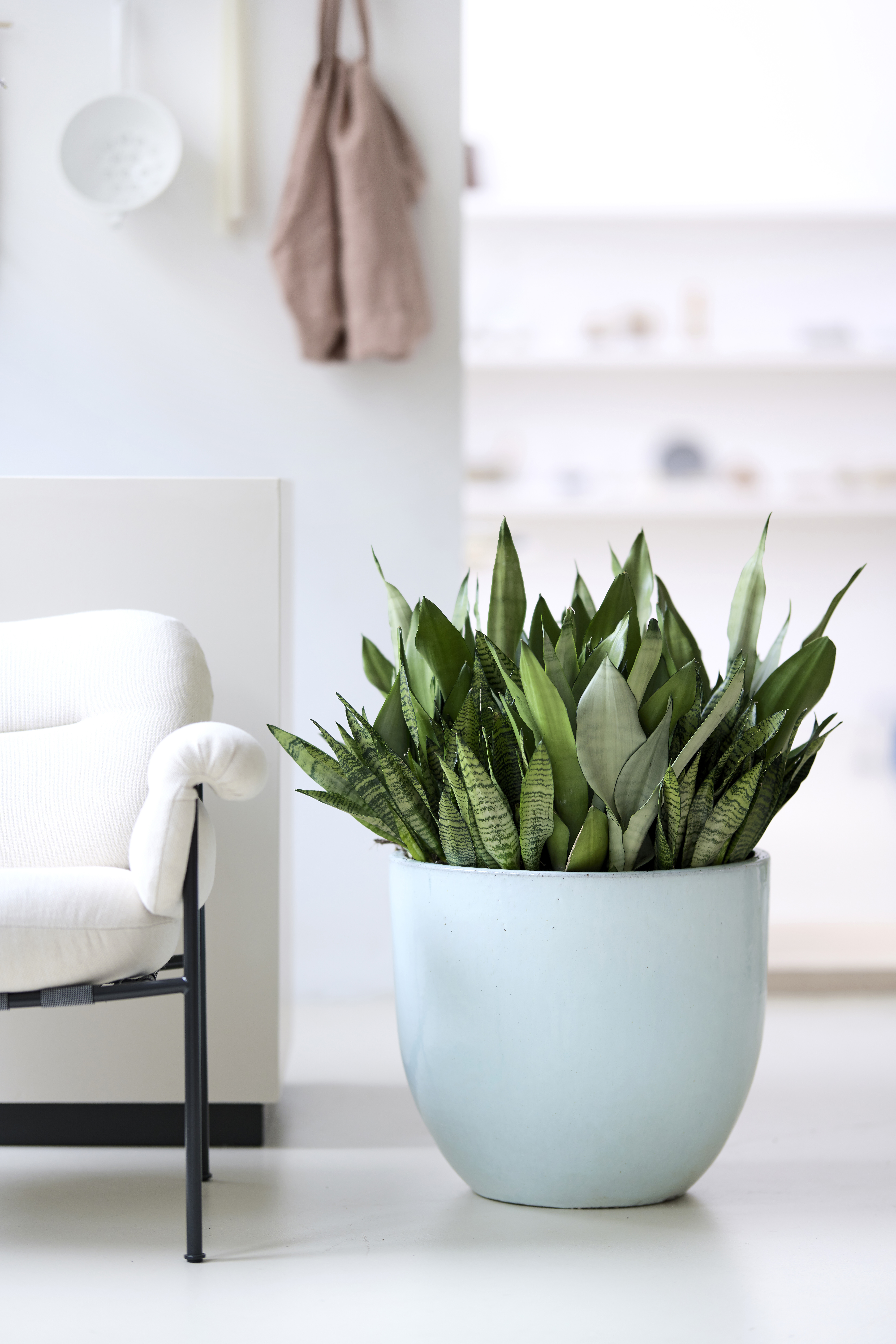
Snake plants, or Sansevieria, are the ideal pick for those who are looking for maximum impact, with minimum effort. With correct snake plant care, these beauties can thrive with little intrusion.
The plant's tall, vibrant leaves are sure to make a statement and can go weeks without being watered, making them 'perfect for busy individuals,' as suggested by The Plant Bible's Zahid Adnan.
Originating from the West African desert, these succulents are designed to withstand dry, hot environments.
'Their thick, waxy leaves can store water for long periods,' says Lina Cowley, senior editor at Trimmed Roots. 'Just be sure to let the soil dry out completely between waterings.'
2. Spider plant
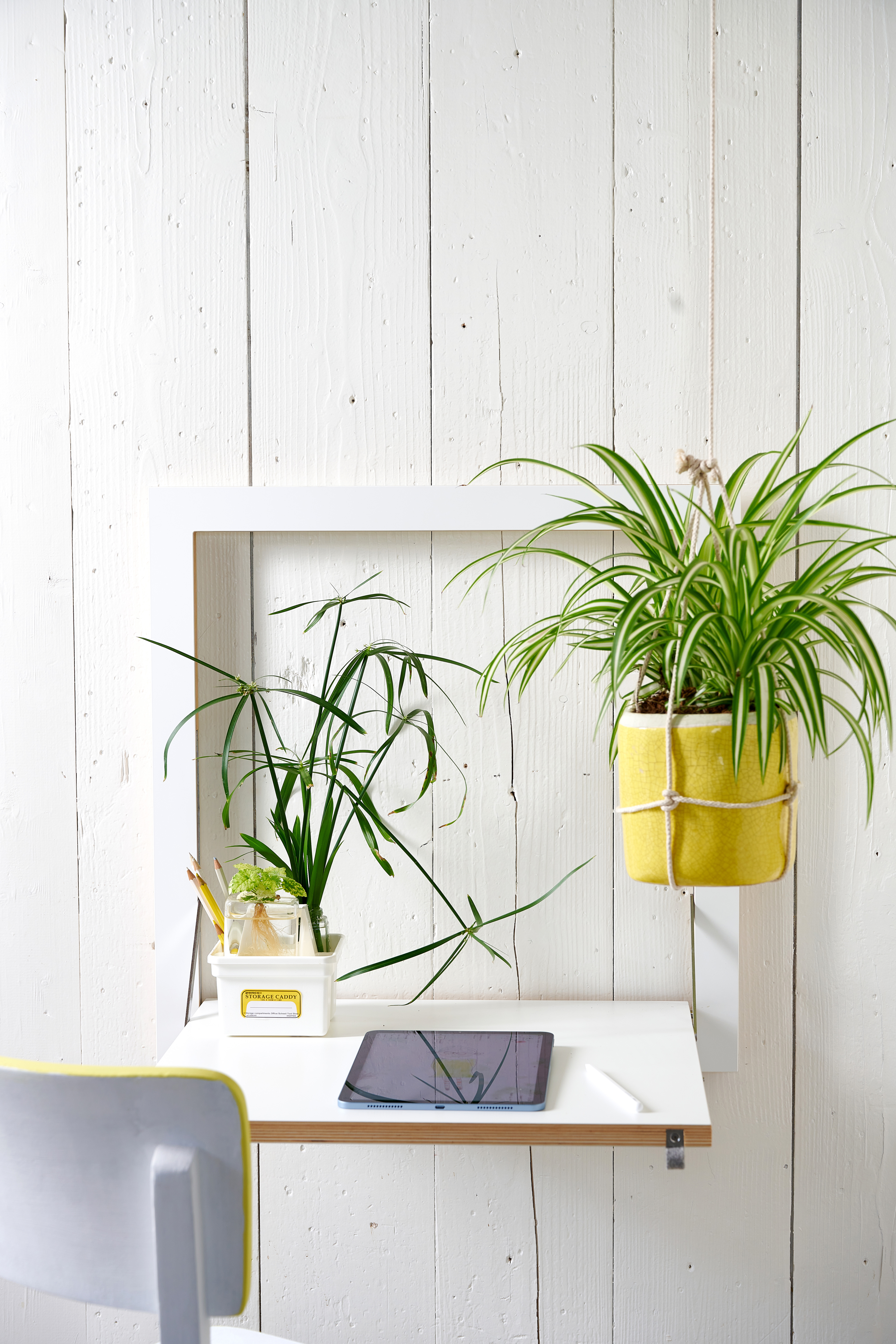
With its lengthy, sprawling leaves, the spider plant (Chlorophytum comosum) is widely considered one of the most resilient, and versatile houseplants, making spider plant care particularly simple.
'Because they are adaptive by nature,' explains Artem Kropovinsky, founder of interior design studio Arsight, 'spider plants can stand heat fluctuations from radiators, requiring watering once in a while, and mid-level light to do well.'
As the spider plant does not require direct sunlight, it's a perfect option for adding some life to the darker corners of your home – it looks particularly effective when displayed in a hanging pot.
3. ZZ plant
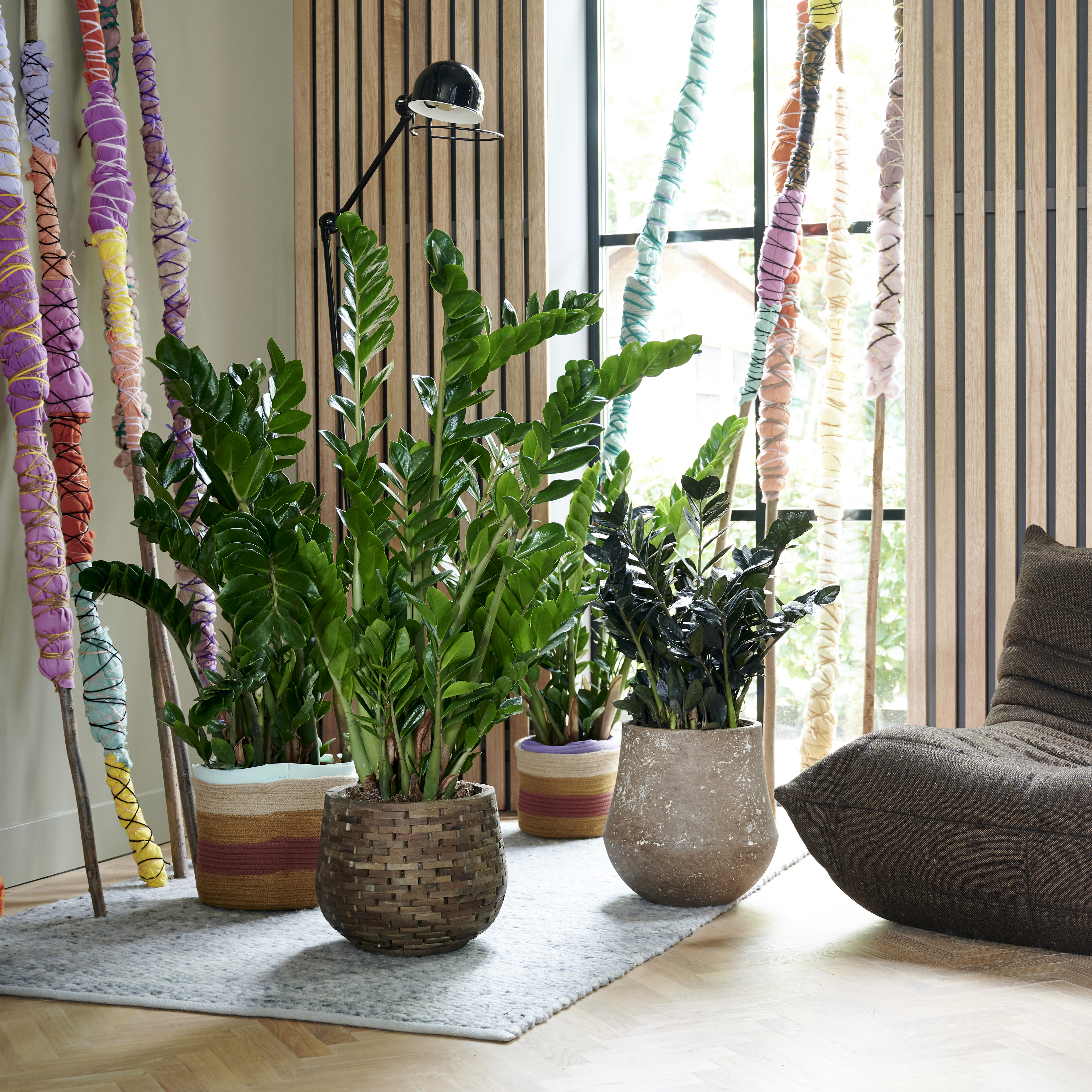
With lush, tall branches and dark, glossy leaves, the ZZ plant, or Zamioculcas zamiifolia, is an eye-catching addition to any home.
Lina Cowley describes the plant as 'practically indestructible', saying, 'it can survive in very low light and doesn't mind if you forget to water it occasionally.'
The plant has its water-storing rhizomes to thank for its easy-going nature. These roots are so effective at retaining moisture and nutrients that the ZZ plant can survive for months without being watered. With no need for direct sunlight, this beauty makes the perfect houseplant for any north-facing rooms in your home.
4. Aloe vera
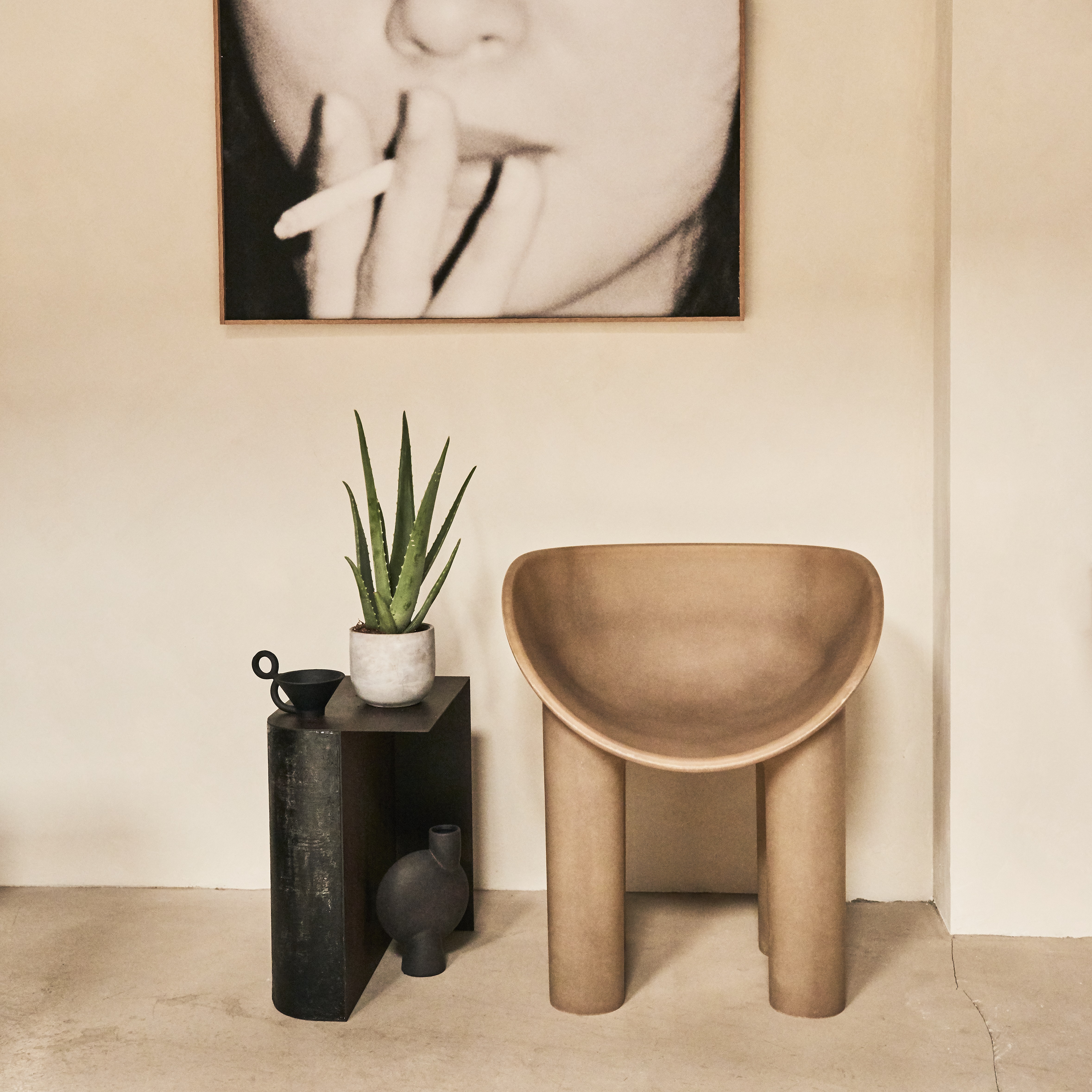
Aloe vera, much like other plants in the succulent family, thrives in warm and dry environments – making the radiator no issue for this species.
In fact, Artem Kropovinsky explains that the plant can 'prosper in the heat emitted by radiators'.
Its thick leaves contain a tissue called parenchyma, a water-storing gel that allows it to survive droughts, and require little watering. In the right circumstances, and with proper aloe plant care, these succulents can grow several feet high.
5. Peace lily
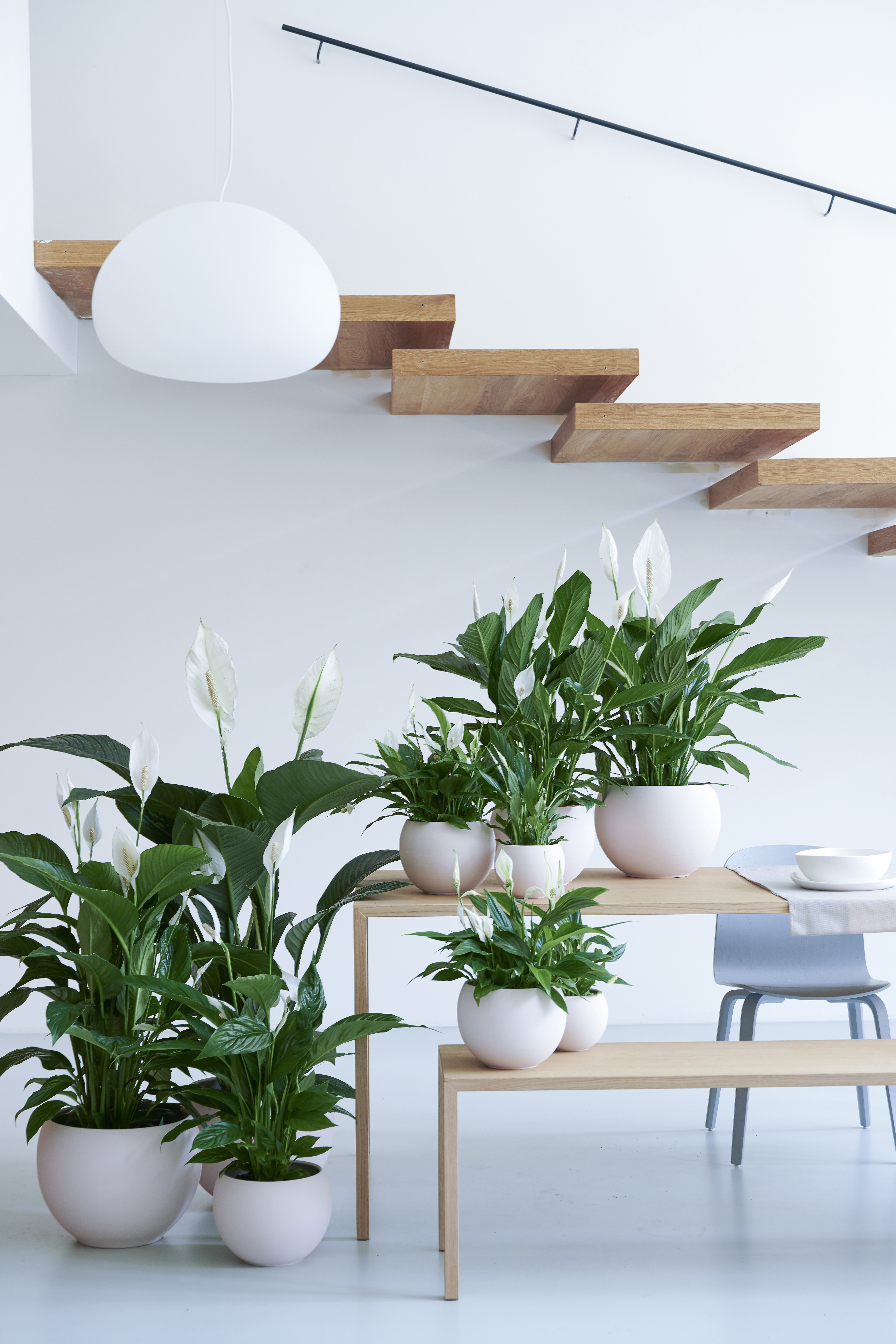
Known to survive for up to a decade, the peace lily (Spathiphyllum) is a beautiful, long-lasting embellishment for any corner of your home. This plant does more than just look good – it can also remove toxins from your environment as one of the best houseplants to clean the air.
'The elegant plant not only adds beauty to your space but also thrives in warm, humid conditions' explains Adnan. 'It can help improve indoor air quality by removing toxins.'
Despite its name, the peace lily bares no relation to the lily, and is in fact a tropical plant native to Central and South America







